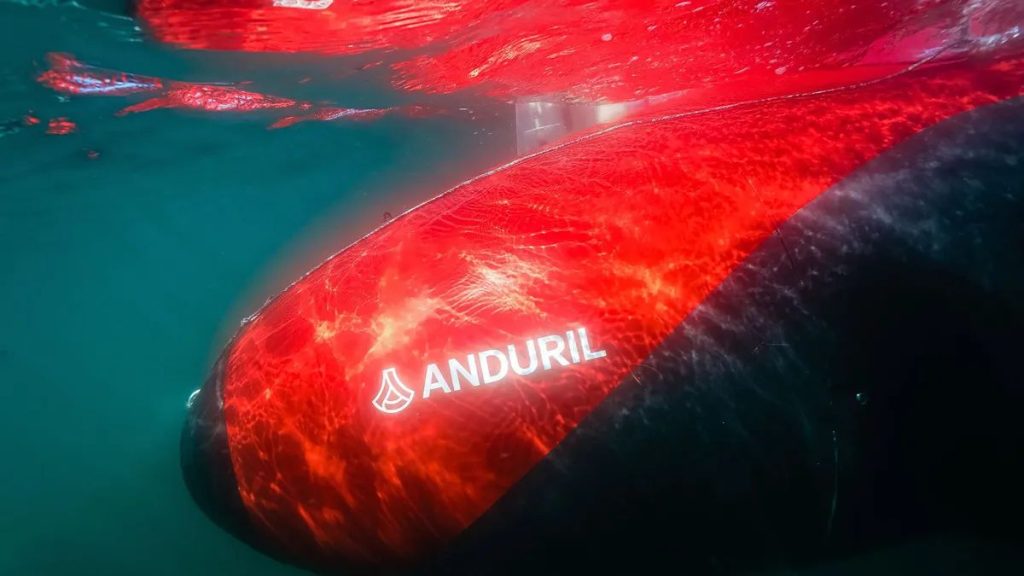
The United States Defense Innovation Unit (DIU), a Department of Defense (DoD) organization, has recently awarded Anduril a contract to prototype a distributed, long-range, persistent underwater sensing and payload delivery large autonomous underwater vehicle (AUV) for the United States Navy. To this end, the DIU selected Anduril’s “Dive-LD” family of AUVs, which are AI-enabled and are designed to perform a wide range of defense and commercial missions.
“Our selection takes place at a critical moment for the Department of Defense,” said Anduril CEO and Co-Founder Brian Schimpf. “In an era of strategic competition, our AUVs like Dive-LD provide urgently needed capability to deter maritime threats [worldwide]. We are excited to work with our U.S. Government partners as we look to build advanced, affordable, autonomous capabilities at scale in support of U.S. Navy priorities,” he added.
In light of increasing tensions in the Indo-Pacific area, especially on the seas, the Department of Defense (DoD) plans to invest in numerous self-operating systems that can be quickly replaced if damaged. This move aims to deter potential threats, extend military reach, and achieve a cost-effective large presence.
As a key part of this approach, Dive-LD adopts leading commercial strategies to ensure superior performance underwater. It stands out for its quick deployment, large-scale operation, and affordability, making it one of the most cost-efficient options in its class.
The Dive-LD is flexible and unique
“The Dive-LD has a flexible & unique architecture capable of rapid integration of complex payloads or multi-sensor suites. It is ideal for a variety of missions such as undersea battlespace intelligence, surveillance and reconnaissance, mine counter-warfare, anti-submarine warfare, seafloor mapping, and more,” Anduril explains.
Having a large presence underwater is crucial for deterring threats. Yet, there’s been a noticeable shortfall due to the limited use of unmanned underwater vehicles that can operate for long periods and carry substantial equipment on a wide scale. To address this issue, in July 2023, the DIU sought proposals from the commercial sector for solutions to bridge this gap.

During the evaluation phase, Dive-LD participated in specific missions set by the DIU and sponsors from the U.S. government in a competitive event known as a “swim-off.” This event took place at the Naval Undersea Warfare Center in Newport, Rhode Island, where the performance of the vehicles was thoroughly assessed.
Engineers from Anduril showcased their skill in tracking and providing real-time updates on the location of the Dive-LD to operators around the globe. They accomplished this using Lattice, Anduril’s artificial intelligence-driven software platform for managing autonomous vehicles.
Reliable and flexible
The demonstration highlighted how multiple operators, units, and watch floors can use Lattice for remote mission monitoring and execution. As a result of this successful demonstration, Dive-LD was selected for a contract under the Commercial Solutions Opening process by DIU.
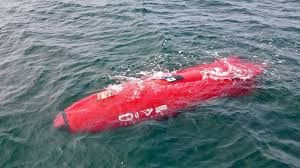
“Dive-LD is foundational to Anduril’s maritime capabilities for commercial and defense applications. By combining proven subsea vehicle development expertise with advanced manufacturing processes, the platform is quick to produce, economical to manufacture and service, simple to customize, and robust in operation,” said Anduril Chief Strategy Officer Chris Brose.
“Dive-LD is the most reliable and flexible AUV on the market today, capable of rapidly integrating complex payloads or multi-sensor suites to provide advanced capability for a wide range of missions,” he added.
The U.S. Navy is not the only military force looking into this either. In Australia, for example, Anduril recently signed a co-development partnership with the Royal Australian Navy and the Defence Science and Technology Group to develop Extra Large Autonomous Undersea Vehicles (XLAUV).






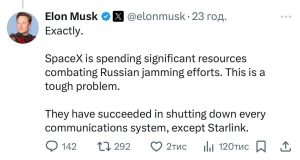




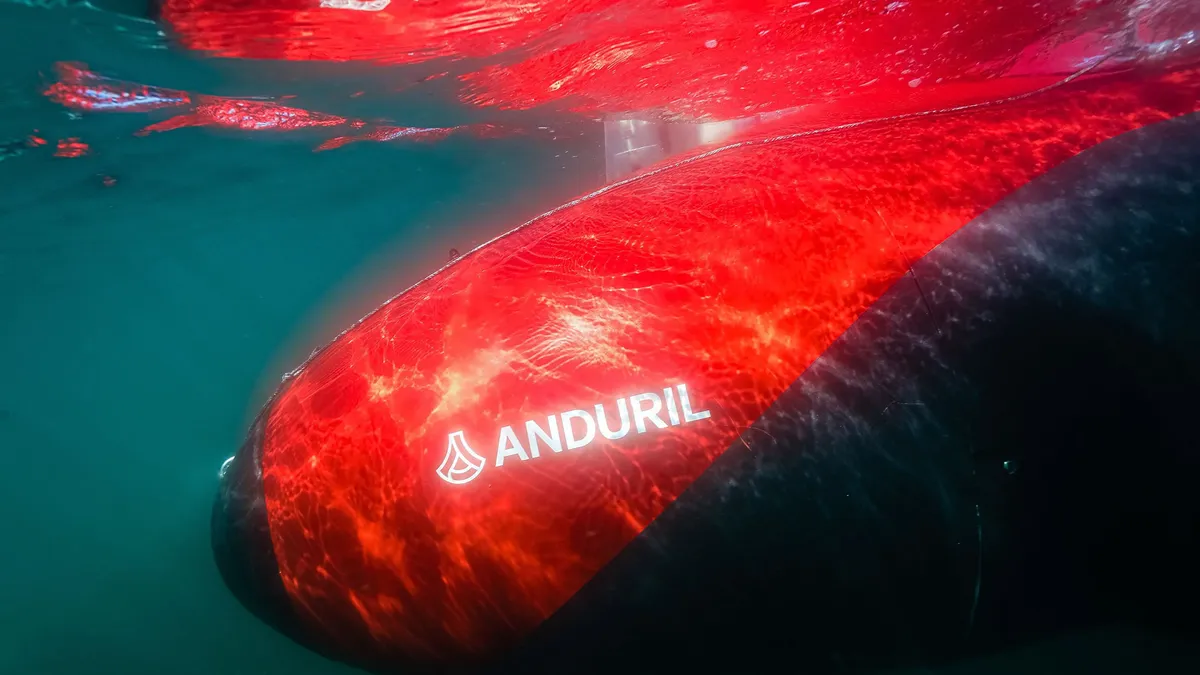




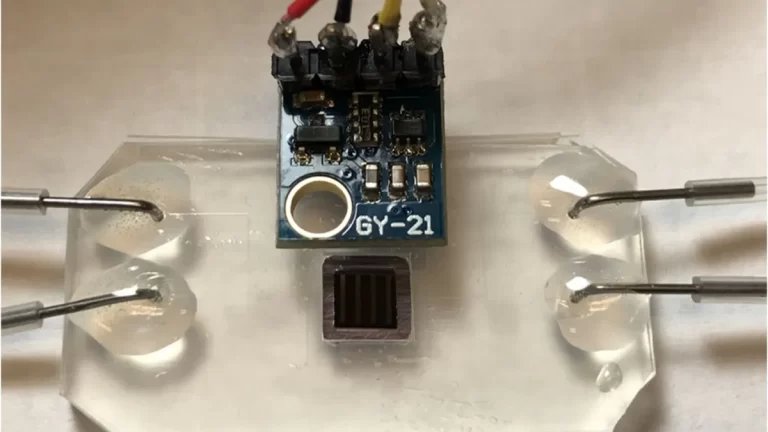








+ There are no comments
Add yours